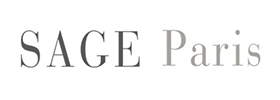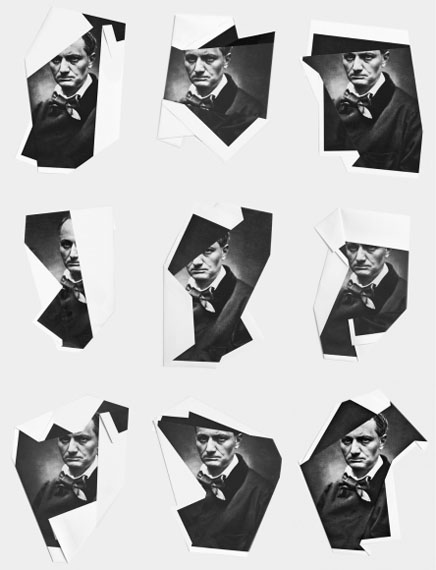
Set of 46 pieces, hand folded
Giclée print
60,5 x 45,5 cm
Unique edition
© Mario Cresci / SAGE Paris
Mario Cresci »
Baudelaire
Exhibition: 15 Jun – 16 Sep 2017
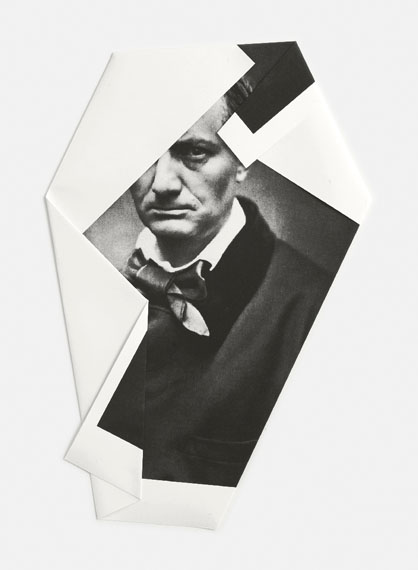
Set of 46 pieces, hand folded
Giclée print
60,5 x 45,5 cm
Unique edition
© Mario Cresci / SAGE Paris
Mario Cresci
"BAUDELAIRE"
Exhibition: 15 June – 16 September, 2017
"In the Sixties, I started to think that photography, conceived as one of art’s means of writing, could be freed from the theoretical limits set up by the cultural industry and leave behind the technical constraints linked to printed paper.
The most fascinating research on the image conducted from the last century to the present is not solely due to the innovating specificities of the great photographers but also and particularly to the mix of artistic languages and new processes of production of images that artists and photographers were able to stimulate by confronting their ideas.
In that sense, the dividing line is even fainter between the bi-dimensional character of photography and the physical and performative space of contemporary artistic research.
The Baudelaire series is made up of 46 copies of his portrait taken by Etienne Carjat in 1878 and reproduced from Naomi Rosenblum’s book: A World History of Photography. There are 46 like the number of years in the poet’s life. The print on cotton printing paper is folded by hand in different ways for each copy, enabling me to give it a tangible value that is not conveyed by the photograph. The print becomes volume, object, it enters a perceptual and tactile dimension so that the printed image becomes connected to the folds in the paper.
My general vision for the work was that I wanted to emphasize the relation between the geometrical shapes generated, as in a glove turned inside out, by the folds in the sheet of paper and the white surface area of the back that is connected with the printed part of the front where Baudelaire’s face appears, always different according to the spaces left free by the crossed-over structures of the folds.
In this series are combined the results of amplifying the poet’s intense gaze and his life’s drama, as memory and history of a precursor of 19th century poetry. With the geometries and the tensions of the fragmented spaces, an emblematic and cold abstraction emerges."
Mario Cresci, Bergamo, August 2013
�

Set of 46 pieces, hand folded
Giclée print
60,5 x 45,5 cm
Unique edition
© Mario Cresci / SAGE Paris
Since the end of the Sixties, Mario Cresci has been the Italian artist whose work has brought about the development of an experimental language specific to photography.
His complex work is rooted in the multidisciplinary studies he undertook in Venice in 1962, and has been influenced by his meetings with the main artists of Arte Povera, in particular Pino Pascali, Eliseo Mattiacci, Yannis Kounellis and Alighiero Boetti, after he settled in Rome in 1969.
In 1969, he made the first photographic Environment at the Il Diaframma Gallery in Milan, exhibiting a thousand transparent cylinders containing a thousand photographs, also transparent.
In 1970, he was invited to his first Biennial in Venice; since then he has been invited again three times (1978, 1993, 1995).
In 1974, he settled in Matera – which has been chosen to be the European capital of culture in 2017 – where he undertook a project that would become essential to the development of photography in Italy, especially with the publication of Matera, immagini e documenti, a book that today is seen as the first photographic work on urban cultural anthropology.
His photographs went into the collections of MoMa in New York at the same time as those of Luigi Ghirri.
He returned to Matera in the Eighties, and contributed to the re-installment of landscape as photographic subject. He was one of the main artists in the exhibition "Viaggio in Italia " organized by Luigi Ghirri in Bari’s Pinacoteca Provinciale, in 1984.
Later on, Mario Cresci developed new themes and new experimentations that gave him a prominent place among the Italian photographers who give meaning to photography: a photography with its power to constantly shift our relationship to reality, a photography that alters the terms of the question, evoking an "illusory" form of natural.
Isn’t the only question that perhaps enables us to validate the practice of photography, the question of the meaning of reality, of knowing how to represent it and how to imagine it? Mario Cresci answers that question in a remarkable manner.
His works are in the collections of many Italian and foreign institutions like MAXXI in Rome, Pinacoteca Nazionale in Bologna, Centro Studi e Archivio della Communicazione in Parma, Museo delle Arti in Catanzaro, Instituto per la Grafica in Rome, Museo d’Arte Medioevale e Moderna della Basilicata in Matera, Museo d’Arte in Gallarate and Centro Ricerca e Archivazione della Fotografia in Spilimbergo.
Mario Cresci teaches at the Fondazione Fotografia in Modena and at the University of Urbino. He lives and works in Bergamo.�
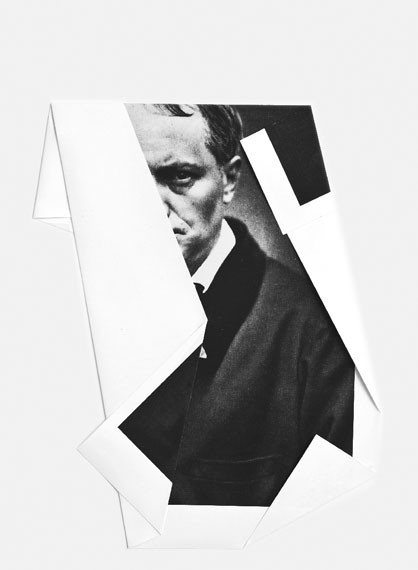
Set of 46 pieces, hand folded
Giclée print
60,5 x 45,5 cm
Unique edition
© Mario Cresci / SAGE Paris
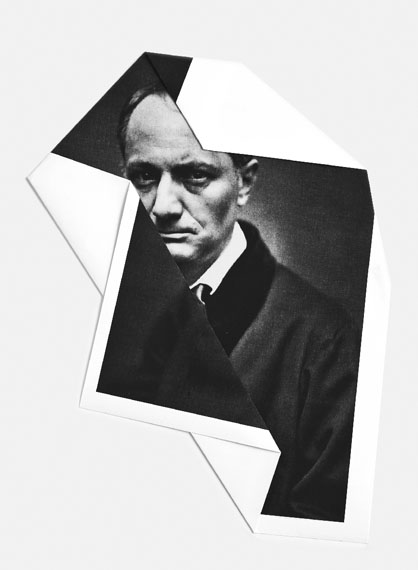
Set of 46 pieces, hand folded
Giclée print
60,5 x 45,5 cm
Unique edition
© Mario Cresci / SAGE Paris
